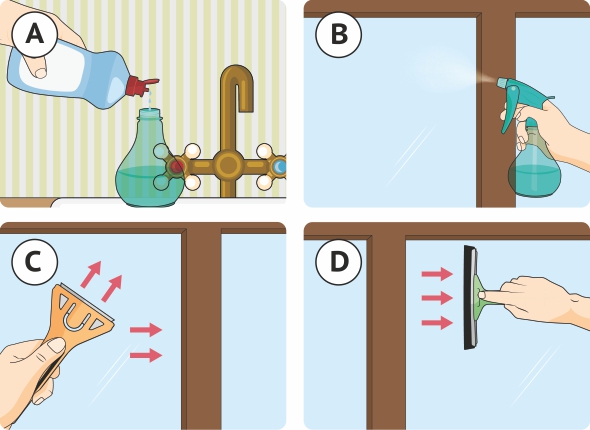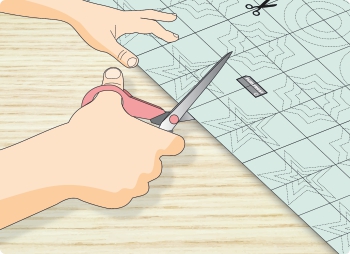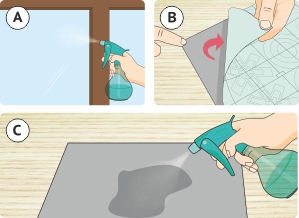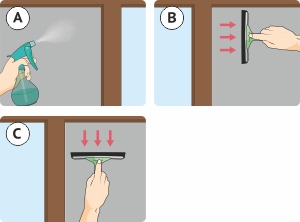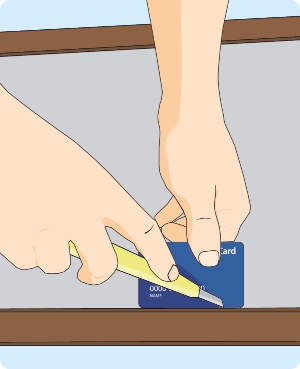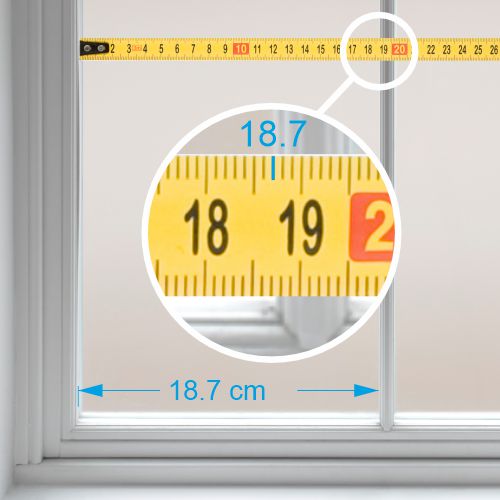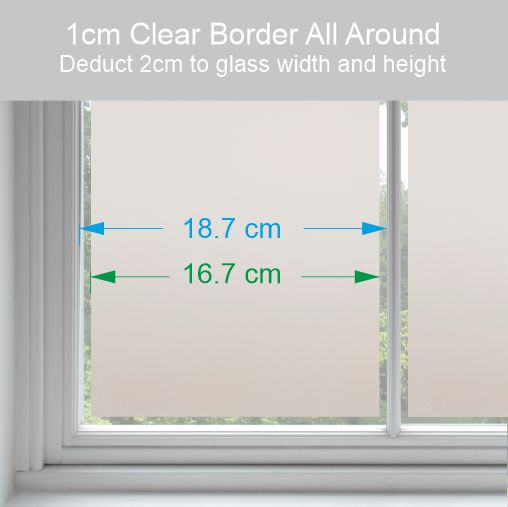
Anchor Centrepiece Design
Made to measure Anchor Centrepiece Design, ideal for privacy or decorative purposes. This nautical design is available either transparent or in colour on a frosted background. You can also request the size of the design and where it is located on the film.
Read More
© 2025 Purlfrost All rights reserved





